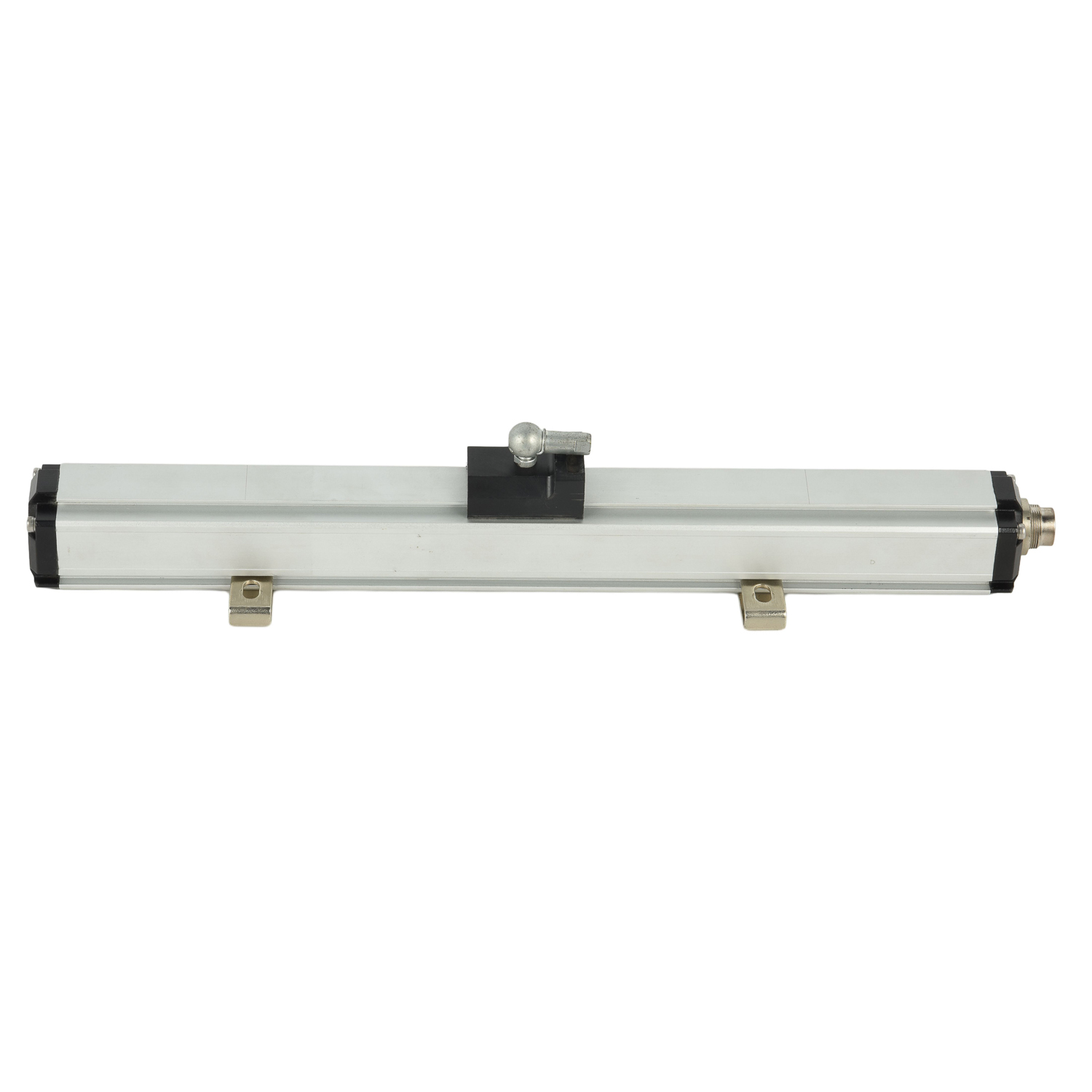What is the protection rating of magnetostrictive sensors?
What is the Protection Rating of Magnetostrictive Sensors?
Magnetostrictive sensors typically carry Ingress Protection (IP) ratings ranging from IP65 to IP69K, indicating their level of protection against solid particles and liquids. These ratings are crucial for determining the sensor's suitability for various industrial environments, from simple indoor applications to extreme washdown conditions.
Understanding IP Ratings for Industrial Sensors
The IP (Ingress Protection) rating system standardized by IEC 60529 provides clear codes defining protection levels. The first digit (0-6) indicates solid particle protection, while the second digit (0-9K) represents liquid ingress protection. For magnetostrictive sensors, common ratings include IP67 (dust tight and immersion resistant) and IP69K (high-pressure, high-temperature washdown protection).
Why Environmental Protection Matters for Position Sensors
Magnetostrictive sensors operate in demanding conditions where exposure to moisture, chemicals, dust, and temperature fluctuations can compromise performance. Appropriate protection ratings ensure measurement accuracy, prevent premature failure, and reduce maintenance costs. Sensors without proper sealing may suffer from internal corrosion, electronic shorts, or signal interference.
Common Protection Standards: IP vs NEMA Ratings

While IP ratings are internationally recognized, North American applications often reference NEMA (National Electrical Manufacturers Association) standards. Equivalent protections exist between these systems, with IP67 roughly corresponding to NEMA 4 and IP69K aligning with NEMA 4X requirements for corrosive environments.
Selecting the Right Protection Rating for Your Application
Choose IP67 rated sensors for general industrial applications with occasional exposure to moisture or washing procedures. Opt for IP68 sensors for permanent immersion applications, and specify IP69K for food processing, pharmaceutical, or chemical industries requiring frequent high-pressure, high-temperature cleaning cycles.
Testing and Certification of Sensor Protection Ratings
Reputable manufacturers subject magnetostrictive sensors to rigorous testing to verify protection claims. These tests include dust chamber exposure, water immersion, high-pressure jet spraying, and steam cleaning procedures. Third-party certification ensures compliance with international standards and provides application reliability.
Maintaining Protection Integrity Over Time
Proper installation and maintenance preserve sensor protection ratings. Ensure cable glands are correctly sealed, mounting surfaces remain undamaged, and periodic checks are performed for housing integrity. Avoid using damaged sensors in critical applications as compromised seals invalidate protection ratings.
Future Trends in Sensor Protection Technology
Advancements in sealing materials, housing designs, and manufacturing techniques continue to improve sensor protection capabilities. Emerging technologies include self-healing seals, nanotechnology coatings, and improved corrosion-resistant materials that extend sensor lifespan in increasingly challenging environments.
 UpgradingYourLevelMeasurementS
UpgradingYourLevelMeasurementS
 Why are magnetostrictive level
Why are magnetostrictive level
 ComparingMagnetostrictiveandRa
ComparingMagnetostrictiveandRa
 MagnetostrictiveLevelSensorfor
MagnetostrictiveLevelSensorfor
